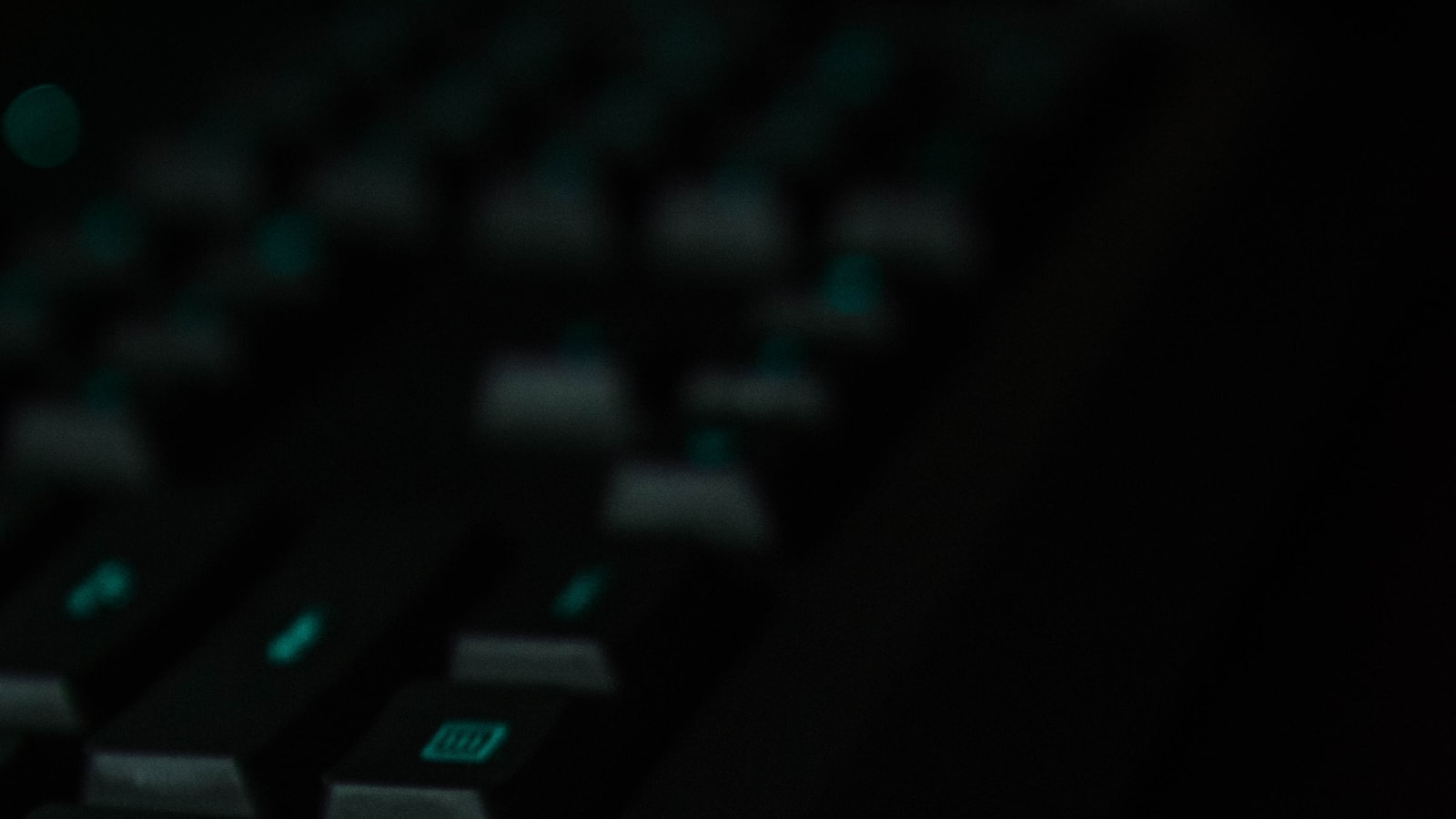The Razer Kishi V2 for iPhone is available to purchase today for $99.99, following the release of the Android-only Kishi V2 in July. This is the brand’s second generation of Nintendo Switch-like controllers for iOS devices that make mobile gaming feel more like a real console experience.
If you were thinking of upgrading from the original Razer Kishi or iOS controller, then there are a few benefits. Two new multi-function shoulder buttons can be remapped in the Nexus app (Razer’s own gaming hub) if you enjoy playing more complex games, and there’s a dedicated button that will take you to the Nexus app directly, though its capabilities of handling iOS integration remain to be seen given that Apple doesn’t allow for native app streaming.
The Razer Kishi (left) vs the Razer Kishi V2 (right)
Image: Razer and Image: Razer
Compatibility for phones and connections aside, the design for both the Android and iOS Kishi V2 is nearly identical. This means the iOS version of the Kishi V2 shares the same criticisms, including uncomfortable buttons and a lack of a 3.5mm audio jack for those that prefer direct headphone connectivity. All the buttons and thumbstick functions are the same across the iOS and Android models, and both measure in at 3.6 x 7.1 x 1.3 inches and weigh 4.3 ounces.
Speaking of buttons, these have been modeled after the tactile microswitch controls featured on another Razer product, the Wolverine V2 console controller. We noted in our review of the Kishi V2 for Android that while those mechanical buttons impressed on the Wolverine V2, on this smaller controller, a lack of travel makes them less impressive on the Kishi.
The Razer Kishi V2 has some similarities to the Backbone One controller.
Photo by Cameron Faulkner / The Verge
The review also notes that the Kishi V2’s performance falls flat against a competing Lightning-only product, the $99 Backbone One. Razer appears to have taken some hefty inspiration from its competition when designing the second generation of Kishi mobile controllers, though that mattered less for the Kishi V2 for Android as Backbone’s offering was designed for iOS users. Now that consumers have a choice between the two directly competing products, the positive feedback regarding the Backbone One’s Lightning charging and 3.5mm audio passthrough, software integration, and general in-hand comfort could win over even loyal fans of Razer’s hardware.
The Kishi V2 for iPhone requires iOS 15.4 or later and is compatible with models from the iPhone SE (first- and second-gen) through to the iPhone 13 series. If you’re waiting to snap up the upcoming iPhone 14, then current rumors suggest that it’ll still be rocking a Lightning connection, but we won’t know for sure if the Kishi V2 for iOS will support it until it officially hits the market.

